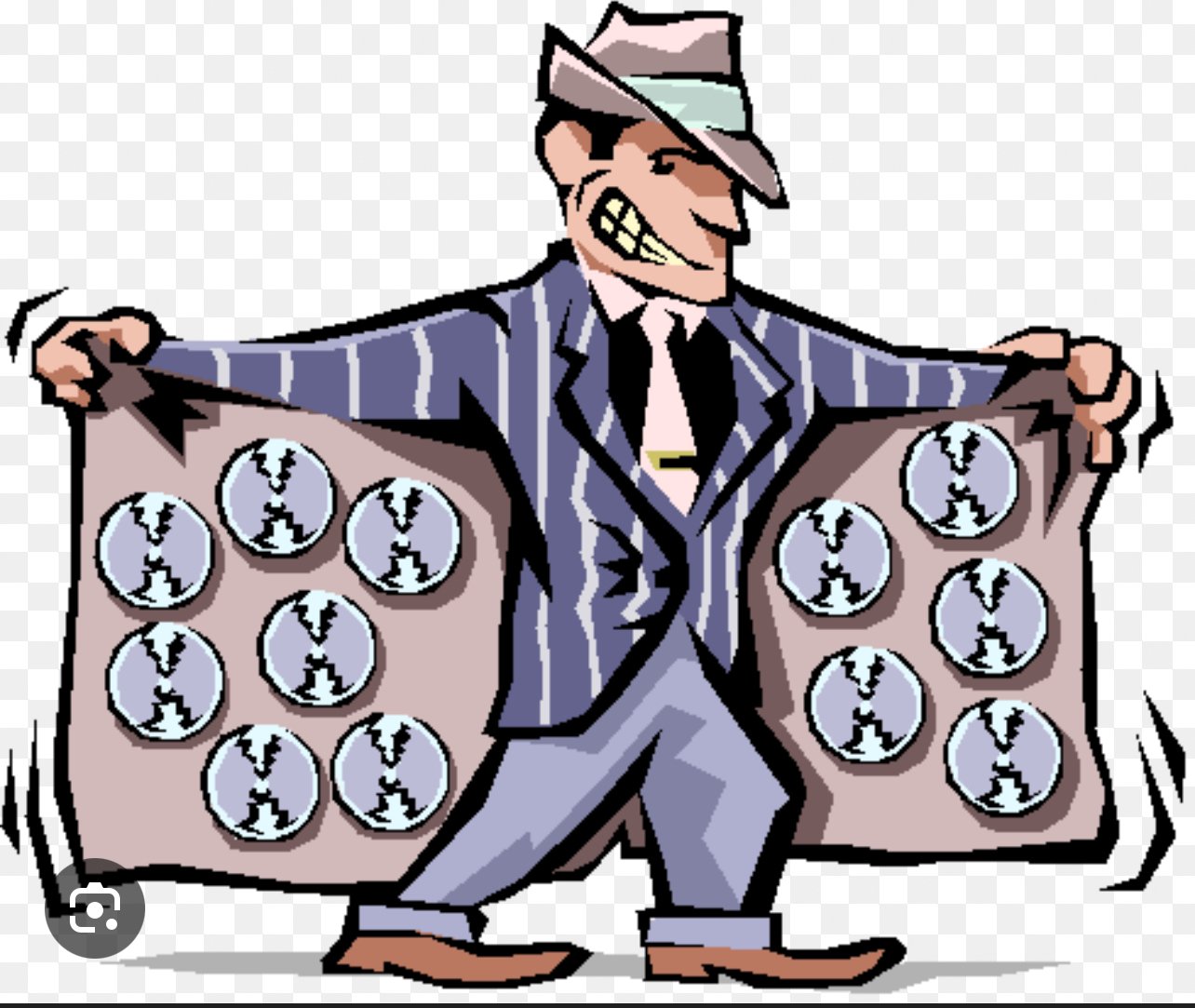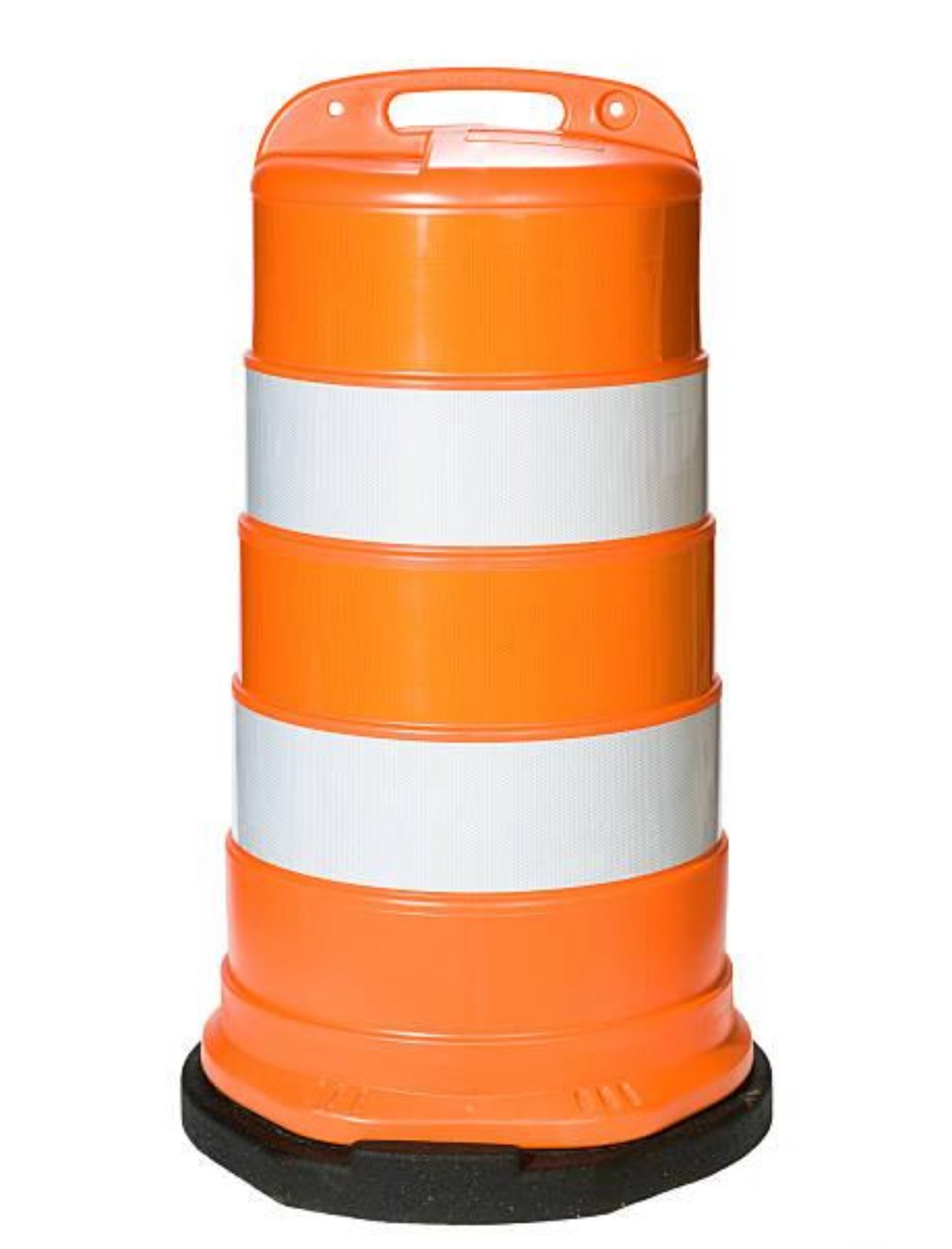Things I learned in Vherf.
Comments
-
No one knows how bands are made. @Vision likes to receive electric shocks when he's having fun.
I don't have problems, just more work to do.
0 -
-
Costco Business Center has the meats!
Join us on Zoom vHerf (Meeting # 2619860114 Password vHerf2020 )1 -
-
 I am the Troll Jesus. Follow me, my children, or clutch your pearls tightly.
I am the Troll Jesus. Follow me, my children, or clutch your pearls tightly.
@ScotchnSmoke still sux lots of large wéiners. And tons of small ones.3 -
@VegasFrank said:

Another Doppelganger.
Join us on Zoom vHerf (Meeting # 2619860114 Password vHerf2020 )1 -
Roman Anthony is starting in Boston tonight, Pete. @Vision
0 -

What are the types of coal?
There are four major types (or “ranks”) of coal. Rank refers to steps in a slow, natural process called “coalification,” during which buried plant matter changes into an ever denser, drier, more carbon-rich, and harder material. The four ranks are:Anthracite: The highest rank of coal. It is a hard, brittle, and black lustrous coal, often referred to as hard coal, containing a high percentage of fixed carbon and a low percentage of volatile matter.
Bituminous: Bituminous coal is a middle rank coal between subbituminous and anthracite. Bituminous coal usually has a high heating (Btu) value and is used in electricity generation and steel making in the United States. Bituminous coal is blocky and appears shiny and smooth when you first see it, but look closer and you might see it has thin, alternating, shiny and dull layers.
Subbituminous: Subbituminous coal is black in color and is mainly dull (not shiny). Subbituminous coal has low-to-moderate heating values and is mainly used in electricity generation.
Lignite: Lignite coal, aka brown coal, is the lowest grade coal with the least concentration of carbon. Lignite has a low heating value and a high moisture content and is mainly used in electricity generation.
The precursor to coal is peat. Peat is a soft, organic material consisting of partly decayed plant and mineral matter. When peat is placed under high pressure and heat, it undergoes physical and chemical changes (coalification) to become coal.
Join us on Zoom vHerf (Meeting # 2619860114 Password vHerf2020 )2 -

IYKYK2 -
Big Mama had a houseplant. End of story. @gewehr43sniper
"I could've had a Mi Querida!" Nick Bardis2 -
@peter4jc said:
Big Mama had a houseplant. End of story. @gewehr43sniperI still wanna know about this house plant! 🪴
2 -
But it ain’t interesting anymore!
If it don’t bother me, it don’t bother me. Just leave me alone.
2 -
 7
7 -
@Vision said:

Glen is black???
Regarding a cigar, the pipe and the open road, go forward without hurry, learn the essence of things through frequent experiences, taking advantage of every occasion.
2 -
I think you have to ask Pete about that…if you get my drift
If it don’t bother me, it don’t bother me. Just leave me alone.
0 -
Hell…I’m going straight to the source 😜
Regarding a cigar, the pipe and the open road, go forward without hurry, learn the essence of things through frequent experiences, taking advantage of every occasion.
2 -
-
@OutdoorsSmoke_21191 said:
Hell…I’m going straight to the source 😜
Don’t threaten me with a good time!
0 -
And I thought Rusty was a true friend….
0 -
Saw these fellas the other night on vHerf…


 12
12 -
@Vision learned it is possible to be in movies 50+ years apart.
3





 https://youtu.be/ivRj0wa_opc?si=wtRkhOZ0XeLC_jaG
https://youtu.be/ivRj0wa_opc?si=wtRkhOZ0XeLC_jaG
 https://youtu.be/1t4ccvKd_uY?feature=shared
https://youtu.be/1t4ccvKd_uY?feature=shared








